The University of Minnesota Board of Regents discussed implementing recommendations to improve campus safety and impacts of the ongoing COVID-19 pandemic at their September meeting Thursday and Friday.
President Joan Gabel also gave updates on vaccination rates at the University, following the recent decision to mandate vaccines for all students. As of Sept. 9, more than 98% of students that have reported their COVID-19 vaccination status, have been vaccinated. The student response rate currently sits at slightly over 60%. Students must register their vaccination status with the University by Oct. 8.
Additionally, of the faculty and staff that have reported their COVID-19 vaccination status, 98% have been vaccinated. The response rate to the staff and faculty attestation form is currently at more than 85%. These responses are due Sept. 17.
Public safety update
Gabel and University of Minnesota Police Department (UMPD) Chief Matt Clark presented updates on current efforts to improve safety both on and around campus that have been undertaken over the past several months.
This is the first major update on campus safety presented to the Board since several instances of crime took place over the summer, including shootings in Dinkytown this June. The University also underwent a complete review of campus safety last year, and is currently in the process of implementing the recommendations.
“Safety on campus has actually been stable, but our city and surrounding neighborhoods are not immune to the public safety challenges and trends that are occurring here and in metros all over the country,” Gabel said at the meeting.
According to Clark, blue light kiosks are being installed in Dinkytown, in addition to the implementation of the Rave Guardian app, which was launched at the University this summer. The app provides a virtual escort and has the ability to have friends or family monitor students as they travel.
Clark also acknowledged the relatively limited staffing levels within UMPD. Currently, UMPD only has only 50 sworn officers, while the average for a Big 10 school is closer to 70. According to Clark, UMPD is working additional overtime hours to add patrols to Dinkytown, in conjunction with the Hennepin County Sheriff and Minneapolis Police.
“We have officers working a number of additional shifts in Dinkytown. With football games and everything else going on, it’s pretty difficult to maintain that level throughout the fall season,” Clark said. “I do not want to burn [UMPD officers] out.”
Overall, Clark said he wants to take a holistic approach to campus safety, which includes utilizing a Hennepin County social worker and a community liaison. In addition, the Department of Public Safety will work with the Campus Safety Committee and other University governance to facilitate dialogue over issues and concerns.
“It’s not just policing, it’s not just cameras or locks, but it is a holistic response to the campus community and making sure we have all the resources we need to respond to the issues that we have on campus and and even off campus in our neighborhoods surrounding the U of M,” Clark said.
Returning to work and the classroom
Vice President for Information Technology, Bernard Gulachek, discussed the recent return to increased in-person operations for students, faculty and staff with the board Thursday.
Over the past several months, the University has created a guidance plan, called “Work. With Flexibility,” for the return to the office and the classroom. The model is intended to help smooth the transition from online to in-person operations.
In order to create this guidance plan, the University worked to establish common grounding principles and take into account operational, legal and policy considerations. University leaders also say they have worked to determine the best approach for implementing the return to work.
Supervisors are expected to implement the return to work model for their respective units and divisions, follow University guidance and consider employee input. The Office of Human Resources will also be providing resources and training to achieve success, Gulacheck said.
“As the University returns to in-person, on-campus instruction, technologists have shifted their focus to creating and supporting a hybrid environment where place based instruction and work activities are more elegantly balanced with those same activities that continue remotely,” Gulachek said.
Additionally, as a result of more than a year of almost entirely online operations, many technological adjustments have been made at the University so that students are able to gain the most out of online learning, Gulacheck said.
“In summary, the COVID-19 pandemic has accelerated the natural evolution of the use of technologies at this institution by 10 or more years,” Gulachek said at the meeting.


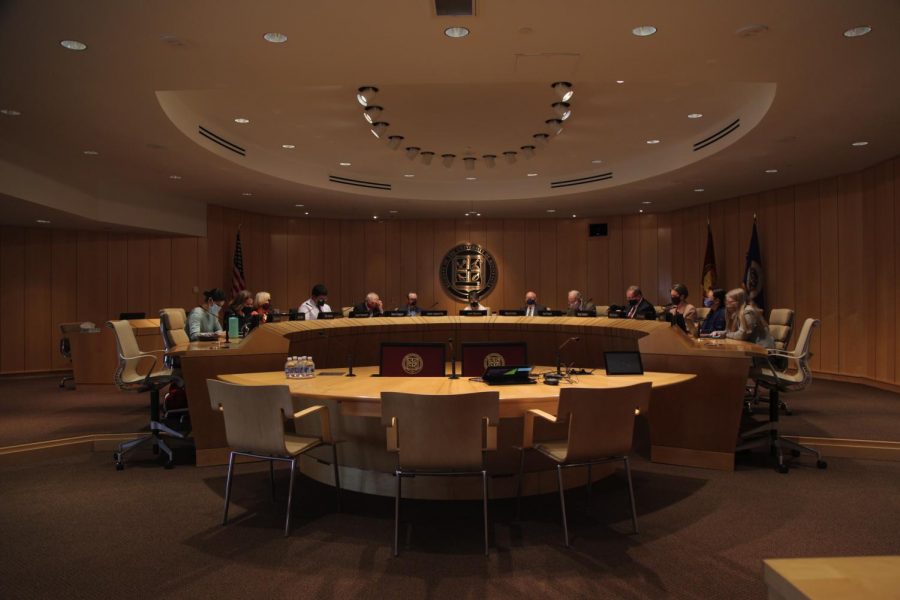






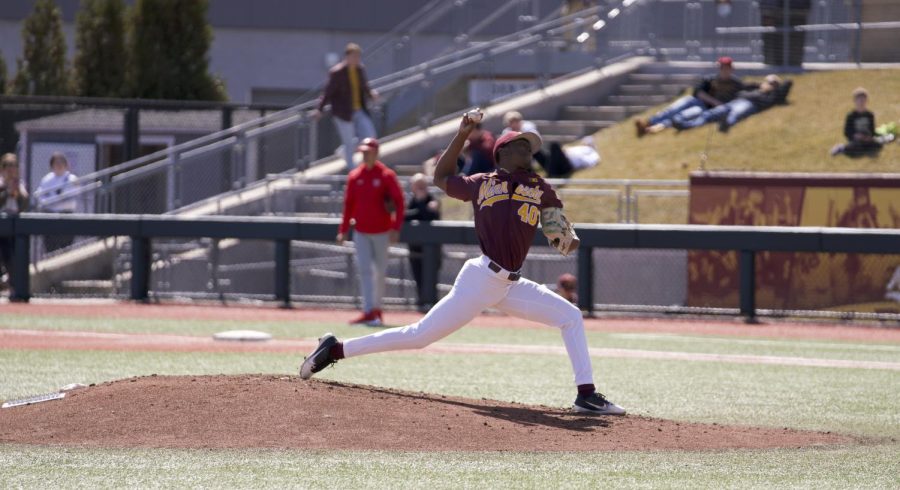
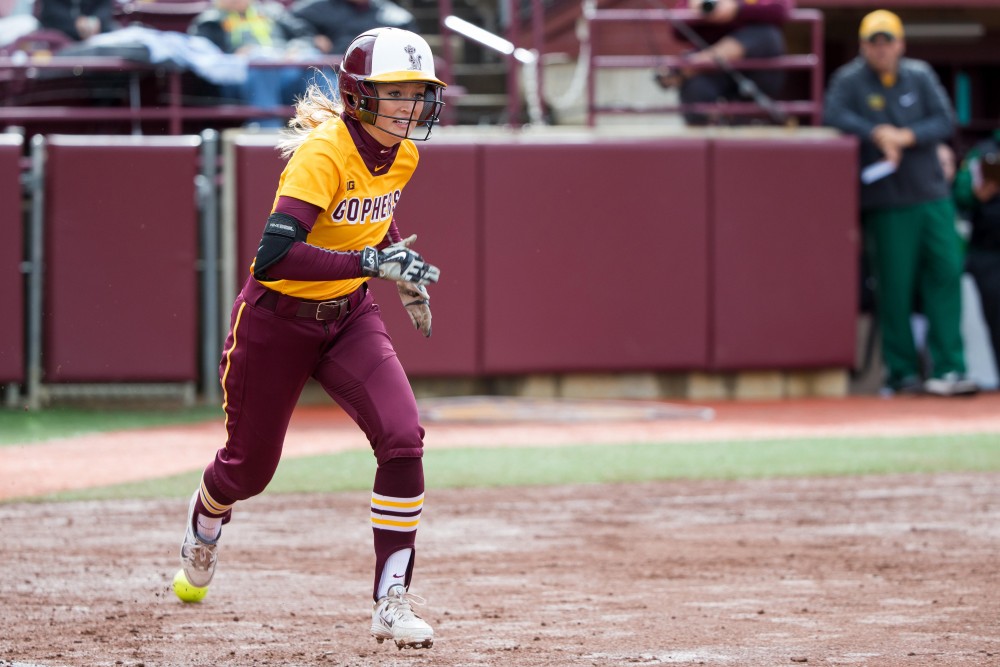
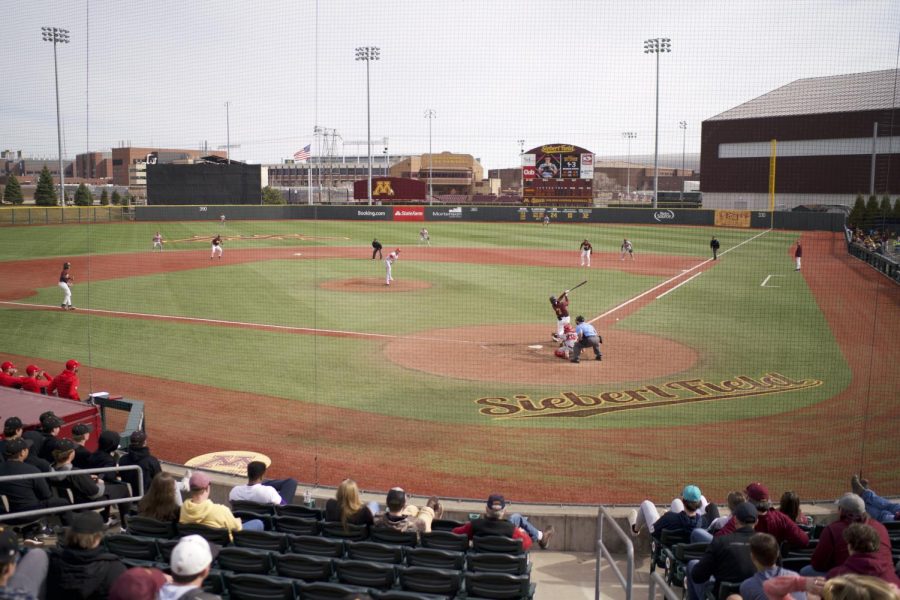
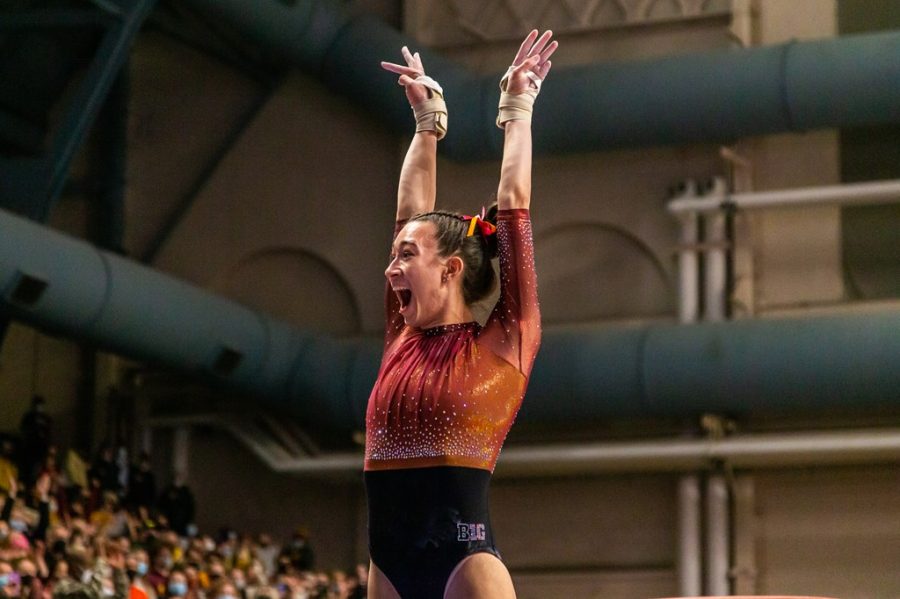
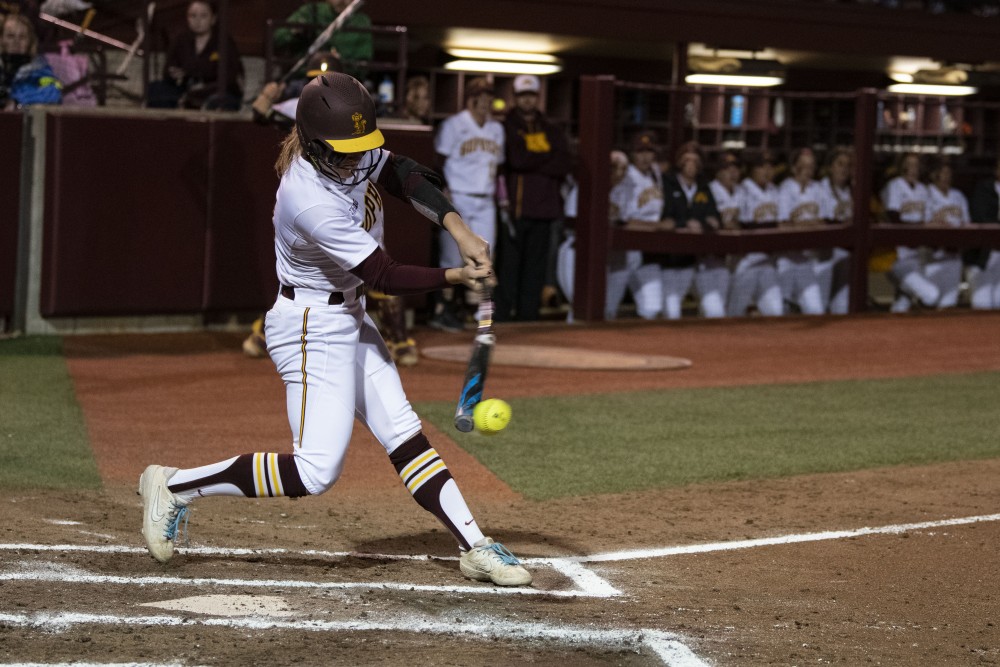





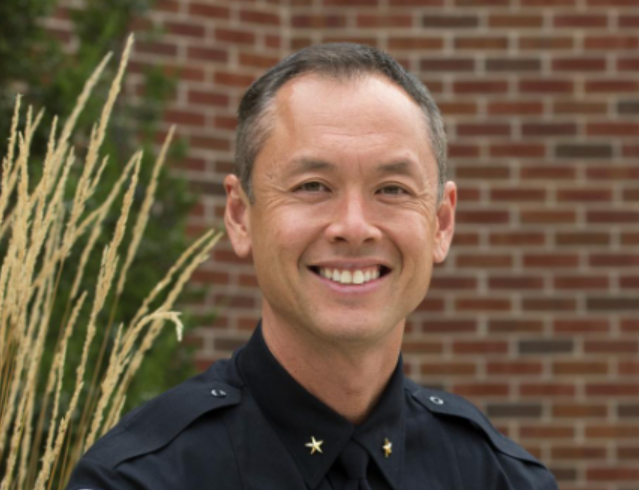
John Karnes
Sep 22, 2021 at 12:22 pm
Are you kidding? There is such a thing called human interaction….maybe give it a go!
A Gopher
Sep 20, 2021 at 10:22 am
Without serious commitment to nuclear power any other discussion is essentially fairies dancing on the head of a pin!
Greg Haugstad
Sep 16, 2021 at 12:49 pm
Would be interesting to know the extent that the U is encouraging remote work so as to not jam up the roads with superfluous car traffic. Those of us who have been working IN OUR LABS for the past 1.5 years (i.e., necessarily commuting) are wondering why there are so many cars on the road, given all the articles and talk about a permanent transformation of the US workforce, that is, not going blindly back to a state of ridiculous commutes. Has there been ANY such discussion among U planners? (Of course the same discussions should have taken place in downtown corporate offices, etc., but one looks to the U for leadership on addressing societal problems… and superfluous commuting certainly is one considering wellness, pollution, carbon footprint, fossil fuel consumption, and more.)
Peter Voigt
Sep 15, 2021 at 9:09 pm
Love the article, keep up the good work.